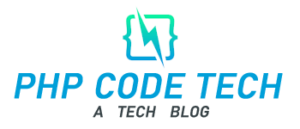In WordPress, pages and posts are two different content types that serve different purposes.
A page is a static piece of content that is typically used for more permanent content such as an About Us page, Contact page, or Services page. Pages are hierarchical in nature, which means they can have parent pages and child pages. For example, a page titled “Services” might have child pages titled “Web Design” and “SEO.” Pages are typically used for information that doesn’t change frequently, and they can be organized in a hierarchical manner to make it easier for visitors to navigate the site.
On the other hand, a post is a dynamic piece of content that is typically used for blog entries, news articles, or other types of content that are updated regularly. Posts are organized in reverse chronological order, with the most recent post appearing at the top of the page. Posts can be categorized and tagged, making it easier for visitors to find related content.
One way to think about the difference between pages and posts is that pages are used for more static, permanent content, while posts are used for more dynamic, time-sensitive content. Pages are often used to provide a structure for a site, while posts are used to provide the actual content that is displayed on the site.


